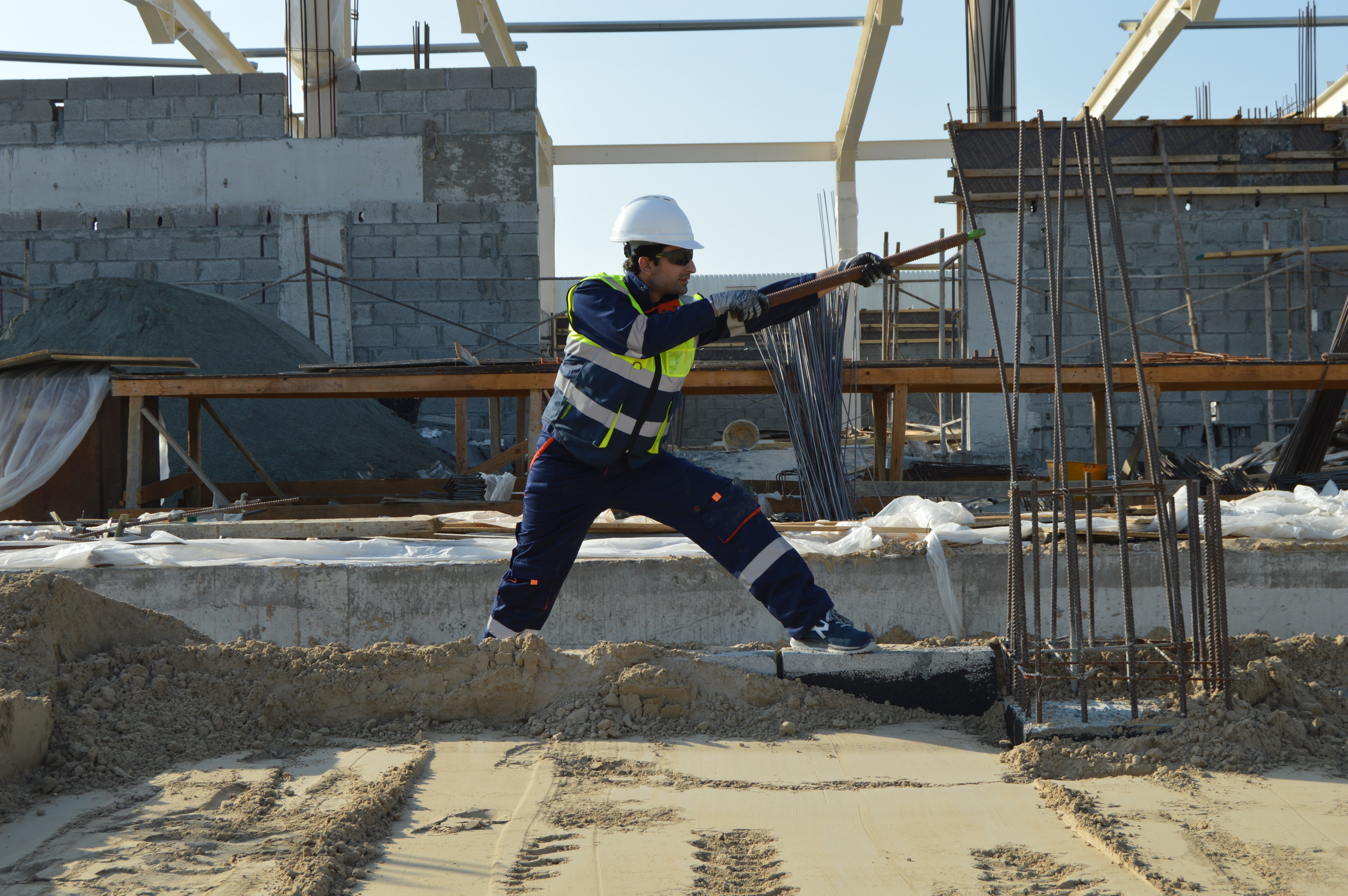The Critical Temperature Threshold
According to the American Concrete Institute (ACI), cold weather concrete conditions exist when the air temperature falls below 40°F (4°C) for more than three consecutive days. While you can technically pour concrete in cold weather, temperatures below freezing (32°F/0°C) create significant challenges that require special precautions and additional costs.
The golden rule: Never pour concrete when the ground is frozen or when temperatures are expected to drop below 25°F (-4°C) within 24 hours of placement without proper protection measures.
Why Cold Weather Matters
Concrete gains strength through a chemical reaction called hydration, which requires adequate temperature and moisture. Cold temperatures dramatically slow this process, and freezing can permanently damage fresh concrete.
Temperature Impact on Strength Development:
- At 70°F (21°C): Normal curing, reaches design strength in 28 days
- At 50°F (10°C): Strength development slows by 50%
- At 40°F (4°C): Strength development slows by 75%
- At 32°F (0°C) or below: Hydration virtually stops; freezing causes expansion and cracking
If concrete freezes within the first 24 hours, it can lose up to 50% of its potential strength permanently. Even one freeze-thaw cycle during the critical early curing period can result in permanent damage, including surface scaling, reduced durability, and structural weakness.
Minimum Temperature Requirements
For Normal Concrete (no admixtures):
- Air temperature: Above 40°F (4°C)
- Ground temperature: Above 32°F (0°C)
- Concrete temperature at placement: 50-70°F (10-21°C)
For Protected Concrete (with cold weather measures):
- Air temperature: Can work down to 20°F (-7°C)
- Requires heated enclosures, insulated blankets, or heated concrete
- Extended protection period: Minimum 3-7 days
Critical protection periods:
- First 24-48 hours: Most critical for preventing freezing damage
- First 3-7 days: Necessary for adequate strength development
- Full 28 days: Required for complete curing, though protection can be reduced after initial period
Cold Weather Concreting Methods
1. Heating the Concrete
Options:
- Heat the mixing water (maximum 140°F/60°C)
- Heat the aggregates before mixing
- Use hot water or steam injection
- Never heat cement directly
Target: Maintain concrete temperature at 50-70°F (10-21°C) at placement.
2. Cold Weather Admixtures
Accelerators: Speed up the hydration process
- Calcium chloride (most common, but not for reinforced concrete)
- Non-chloride accelerators (preferred for reinforced structures)
- Can reduce setting time by 30-50%
- Cost: Adds $5-15 per cubic yard
Anti-freeze admixtures: Lower the freezing point of water
- Allow curing at temperatures down to 15°F (-9°C)
- More expensive option
- Not a substitute for proper protection
3. Protection Methods
Insulated Blankets:
- Cover fresh concrete immediately after finishing
- Maintain for 3-7 days minimum
- Effective for temperatures down to 25°F (-4°C)
Heated Enclosures:
- Temporary structures with heaters
- Maintain temperature above 50°F (10°C)
- Necessary for temperatures below 25°F (-4°C)
- Most expensive option ($500-2,000+ depending on size)
Ground Preparation:
- Remove all ice and snow
- Thaw frozen ground (use heaters or insulated blankets 24-48 hours before)
- Never pour on frozen ground
- Pre-warm subgrade if possible
When to Absolutely Avoid Pouring
DO NOT pour concrete when:
- Ground temperature is below 32°F (0°C)
- Air temperature below 20°F (-7°C) without extensive protection
- Forecast shows temperatures dropping below 25°F (-4°C) within 24 hours
- Snow or ice is expected during the curing period
- Adequate protection measures cannot be implemented
- Budget doesn't allow for proper cold weather precautions
Exception: Industrial or commercial projects with professional cold weather concrete programs and proper equipment can work in more extreme conditions, but residential projects should generally wait for warmer weather.
Cost Considerations
Cold weather concrete placement adds significant costs:
- Heated concrete: +$10-30 per cubic yard
- Accelerating admixtures: +$5-15 per cubic yard
- Insulated blankets: +$0.50-2 per square foot
- Heated enclosures: +$500-2,000+ per project
- Extended labor time: +20-40% labor costs
- Risk of failure: Potential complete replacement costs
Total cold weather premium: Expect 15-50% increased costs compared to warm weather placement.
Best Practice Recommendations
Ideal scenario: Wait for consistent temperatures above 50°F (10°C) if possible. Spring and fall edges require extra vigilance regarding weather forecasts.
If you must pour in cold weather:
- Check 7-day weather forecast carefully
- Order heated concrete from supplier
- Use accelerating admixtures
- Have insulated blankets or heated enclosures ready
- Protect for minimum 3-7 days
- Monitor concrete temperature regularly
- Consider hiring professionals experienced in cold weather concrete
Watch for: Temperature swings are more dangerous than consistent cold. A warm day followed by freezing night is worse than steady cool temperatures.
Conclusion
While it's possible to pour concrete ladle shroud in cold weather, temperatures below 40°F (4°C) require special measures, and anything below 25°F (-4°C) demands extensive protection or should be avoided altogether for most residential projects. The added costs and risks of cold weather concrete often make it more economical to wait for warmer weather when possible.
Remember: Proper planning, adequate protection, and patience during curing are essential for successful cold weather concrete placement. When in doubt, consult with a professional concrete contractor experienced in cold weather operations.
0 Komentar
Artikel Terkait







